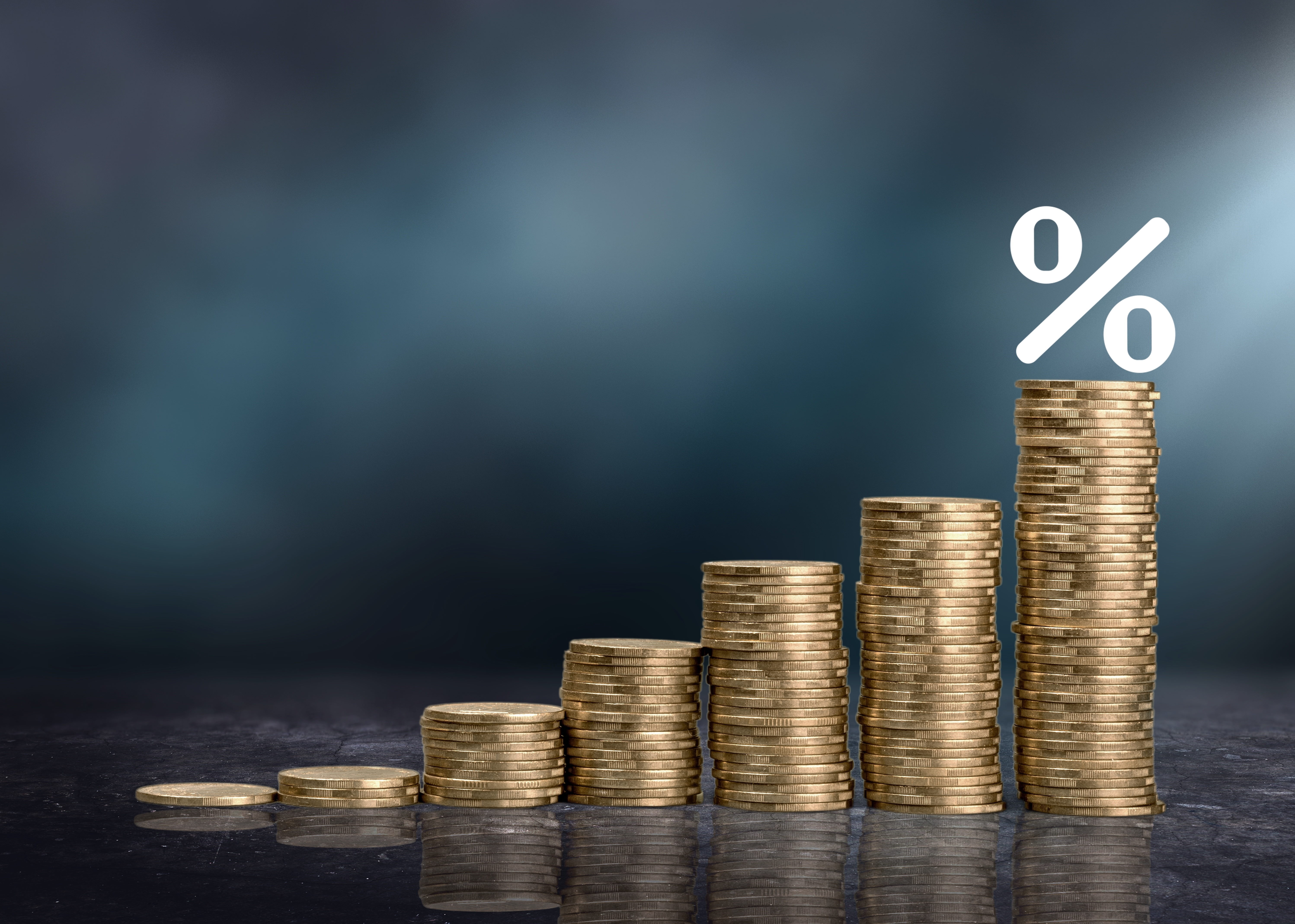Investing Rates
An investment is an asset or security that is purchased with the expectation that it will give a potential profit, can be sold at a later stage at a higher price for profit, or the value of the asset will appreciate with time. In finance, a variety of investment opportunities includes stocks, real estate, mutual funds, and bonds and, to some extent, commodities and options. The investments trade daily on the financial market, such as the stock market and other markets. The company’s performance and current events cause the stock value of a company to rise or fall.

Course name
Start trading
Investing Rates
If an investor implements investing practices, the longer he invests and is successful, the more chances of increasing the wealth. Inversely, if shorter the investment period, the more risk of losing money. But sometimes, the more risks, the more opportunity to magnify the potential. For example, Mark and John have each £100,000. Mark does not invest his money and keeps it in a ‘Checking Account’ that earns no interest. John, on the other hand, invests his money in diversified mutual funds. over ten years, if the market goes his way, John’s average investment growth is 7.2% meaning his investment rose £200,000 while Mark still has £100,000.
But as investment depends on future growth and forecasted assumptions, sometimes the expectation of the investor may fall short. For example, investing in the stock of a company that goes bankrupt all of a sudden. Saving is merely accumulating money to be used in the future without any risk. At the same time, investment involves putting money in a project or asset to make profits that entails equal risk.
Economic growth also rises when sound investments are made. An investor can put up money in a company
that is raising capital to buy a machine that will increase production. As the output of finished
goods increases, so does the Gross Domestic Product (GDP), which means a slight growth in the
economy is due to equipment investment.
Difference between Investing and Speculation
Many traders are familiar with the terms of investing and speculation and use it to their advantage, depending on the type of investment and market trend. Investing is buying assets with an intent to hold them for the long term, while speculation is taking advantage of the price changes that occur for a short time period. The investors try to buy assets and build their portfolio while the speculators do not require full ownerships of asset and most trade on the underlying asset. Speculation is considered more risky as compared to investing.
Investment Rates
The investment is broadly defined as the relationship of aggregate tangible investment and value added. Some of the key terms that investors need to consider include Rate of Return (ROR) or Return on Investment (ROI), and Internal Rate of Return (IRR). The ROR and IRR are the two most common metrics used to measure the performance of an investment.
- Rate of Return (ROR)
The rate of return is the investment’s net gain or loss over a certain period of time. It also means the earnings an asset has generated that is excess to its initial cost; the amount is usually expressed in annual percentage form such as (A % per year).
The ROR is calculated depending on the cash flows generated by the asset and can also include capital gain. The ROR can be positive or negative, when the asset produces less earnings than cost, then ROR is negative, and when asset produces high earnings in relation to its cost, then ROR is positive.
The ROR is calculated by (Final Asset Value minus Initial Asset Value) and divided by Initial Asset Value.
ROR = (Current Value-Initial Value/Initial Value) × 100
The rate of return is mostly used to compare similar assets to know which asset is a better investment. The ROR helps the investor to determine the percentage change from the moment the asset is bought to the moment it is sold. The ROR theory can easily be applied to stocks, real estate, fine art, and bonds
The simple rate of return is also called Return on Investment (ROI), and basic growth rate, Investors, usually select a Required Rate of return (RRR) before making an investment decision. The RRR means the minimum gain an investor will accept for owning the stock of a company and popularly used to determine the profitability of an investment project.
The simple rate of return is called the nominal rate of return, as it does not take inflation into account. When the inflation rate is also taken into calculation, then it is called a real rate of return.
- Internal Rate of Return (IRR).
The internal rate of return (IRR) is a standard method used to compare different investments or projects. The internal rate of return is simply an interest rate that an investor uses and compares it to the capital or the cost he pays to get funds through debt or equity to finance an investment. If the investor's IRR on a project or investment exceeds the capital, then it is a good investment. But if the IRR in the project or investment is lower than the cost of capital, then it is a bad investment, and it is also called the ‘minimum rate of return
The ROR shows the total growth of investment from beginning to end, while IRR shows the annual growth rate. ROR is mostly used as it is easy, while IRR calculation can be confusing; however, now there is advanced software that can easily calculate IRR.
The information above is for education purposes only and cannot be considered as investment advice. Past performance is not reliable indicator of future results.



